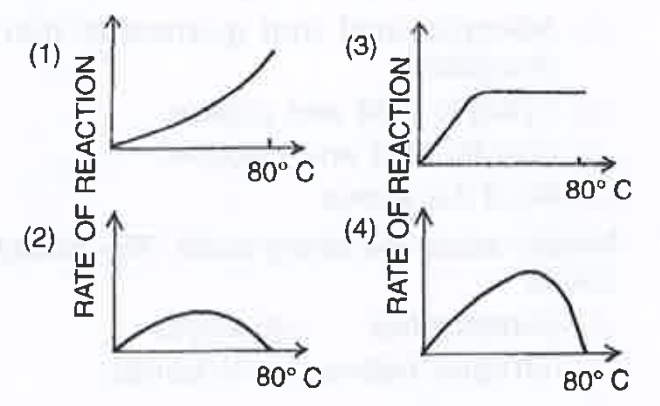Which of the following is the most common H+ acceptor ?
FAD and NAD+
FMN and NAD+
FMN and FAD
NAD+ and NADP+
The correct Answer is:D
To determine the most common H+ (proton) acceptor from the given options, we can follow these steps:
1. Understand the Role of Proton Acceptors:
- Proton acceptors are molecules that can accept protons (H+) during biochemical reactions. They are crucial in processes such as cellular respiration and photosynthesis.
2. Identify the Given Options:
- The options provided are:
- A) FAD and NAD+
- B) FMN and NAD+
- C) FMN and FAD
- D) NAD+ and NADP+
3. Evaluate Each Option:
- FAD (Flavin Adenine Dinucleotide): It is a coenzyme involved in various metabolic reactions but is not as common as NAD+.
- FMN (Flavin Mononucleotide): Similar to FAD, it plays a role in electron transport but is less common than NAD+.
- NAD+ (Nicotinamide Adenine Dinucleotide): A well-known coenzyme that acts as a primary electron and proton acceptor in many biological reactions.
- NADP+ (Nicotinamide Adenine Dinucleotide Phosphate): Similar to NAD+, it is involved in anabolic reactions and is also a common proton acceptor.
4. Determine the Most Common Proton Acceptors:
- Among the options, both NAD+ and NADP+ are widely recognized as the most common proton acceptors in biological systems. They are essential in various metabolic pathways, including glycolysis, the Krebs cycle, and photosynthesis.
5. Final Conclusion:
- The most common H+ acceptors from the options provided are NAD+ and NADP+.
Final Answer:
The most common H+ acceptor is NAD+ and NADP+.
- Proton acceptors are molecules that can accept protons (H+) during biochemical reactions. They are crucial in processes such as cellular respiration and photosynthesis.
- The options provided are:
- A) FAD and NAD+
- B) FMN and NAD+
- C) FMN and FAD
- D) NAD+ and NADP+
- FAD (Flavin Adenine Dinucleotide): It is a coenzyme involved in various metabolic reactions but is not as common as NAD+.
- FMN (Flavin Mononucleotide): Similar to FAD, it plays a role in electron transport but is less common than NAD+.
- NAD+ (Nicotinamide Adenine Dinucleotide): A well-known coenzyme that acts as a primary electron and proton acceptor in many biological reactions.
- NADP+ (Nicotinamide Adenine Dinucleotide Phosphate): Similar to NAD+, it is involved in anabolic reactions and is also a common proton acceptor.
- Among the options, both NAD+ and NADP+ are widely recognized as the most common proton acceptors in biological systems. They are essential in various metabolic pathways, including glycolysis, the Krebs cycle, and photosynthesis.
- The most common H+ acceptors from the options provided are NAD+ and NADP+.
The most common H+ acceptor is NAD+ and NADP+.
Topper's Solved these Questions
- PHOTOSYNTHESISBOOK - DINESH PUBLICATION ENGLISHCHAPTER - PHOTOSYNTHESISEXERCISE - CYG
10 Videos
- ORIGIN OF LIFE BOOK - DINESH PUBLICATION ENGLISHCHAPTER - ORIGIN OF LIFE EXERCISE - All Questions
201 Videos
- PHYLUM - ANNELIDABOOK - DINESH PUBLICATION ENGLISHCHAPTER - PHYLUM - ANNELIDAEXERCISE - Check your grasp
10 Videos
Similar Questions
Knowledge Check
Which of the following is not a common knee injury?
ARunners KneeBCruciate Ligament InjuryCHerniaDTom CartilageWhich among the following serves as the most common source of leads generation for any company?
AYellow PagesBGreen pagesCWhite pagesDBlue pages
Which of the following is common among mammals?
View SolutionAmong the noninfectious diseases, which of the following is most common fatal diseases of human beings?
View SolutionWhich of the following is a common example of fibres?
View SolutionWhich of the following ligands are π acceptor ?
View SolutionWhich of the following is not common in Funaria and selaginella
View SolutionWhich one of the following diagrams represents the most common relationships between temperature and enzyme activity, when the temperature is raised gradually from 0- 80∘ C?

View Solution
